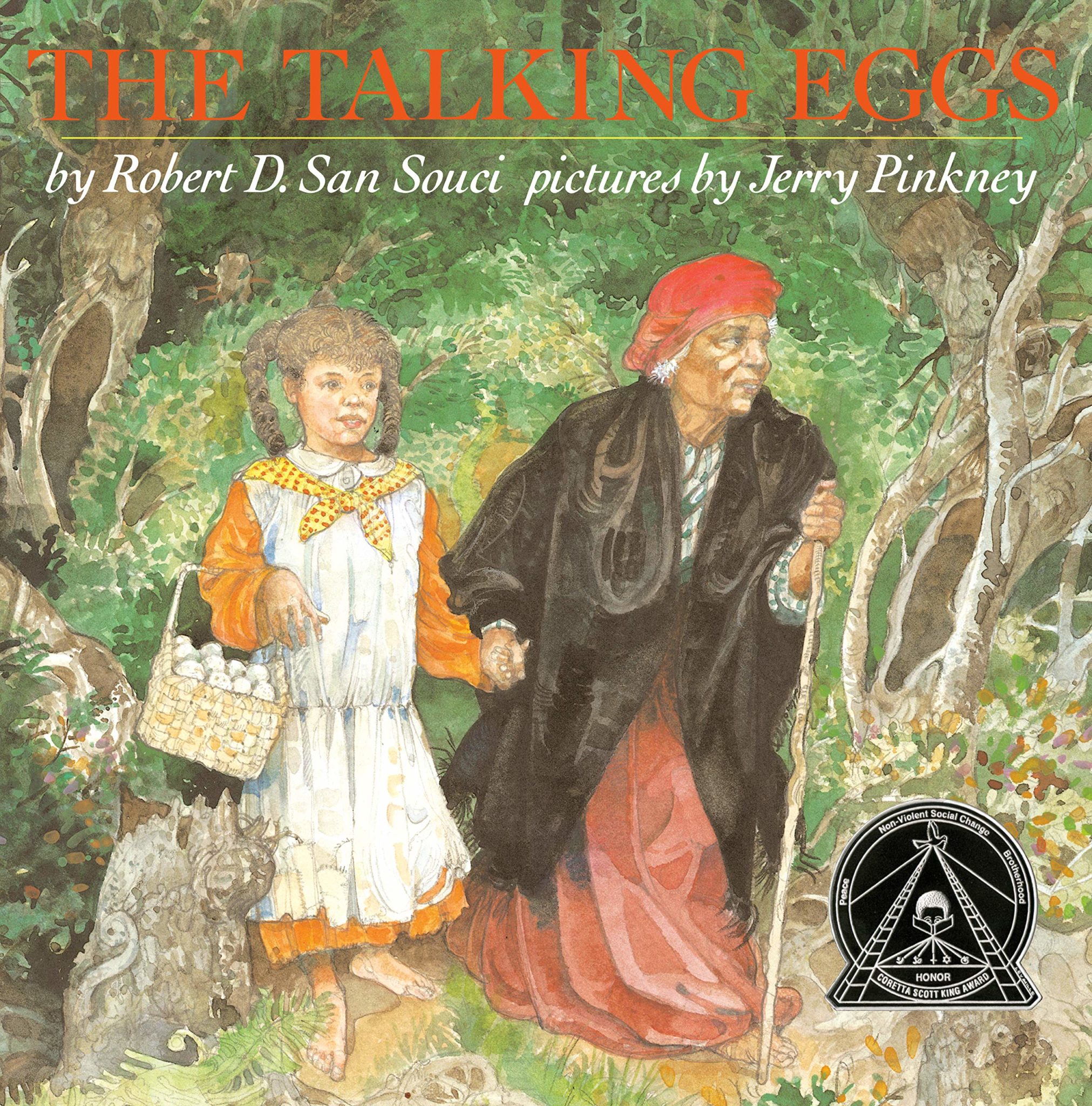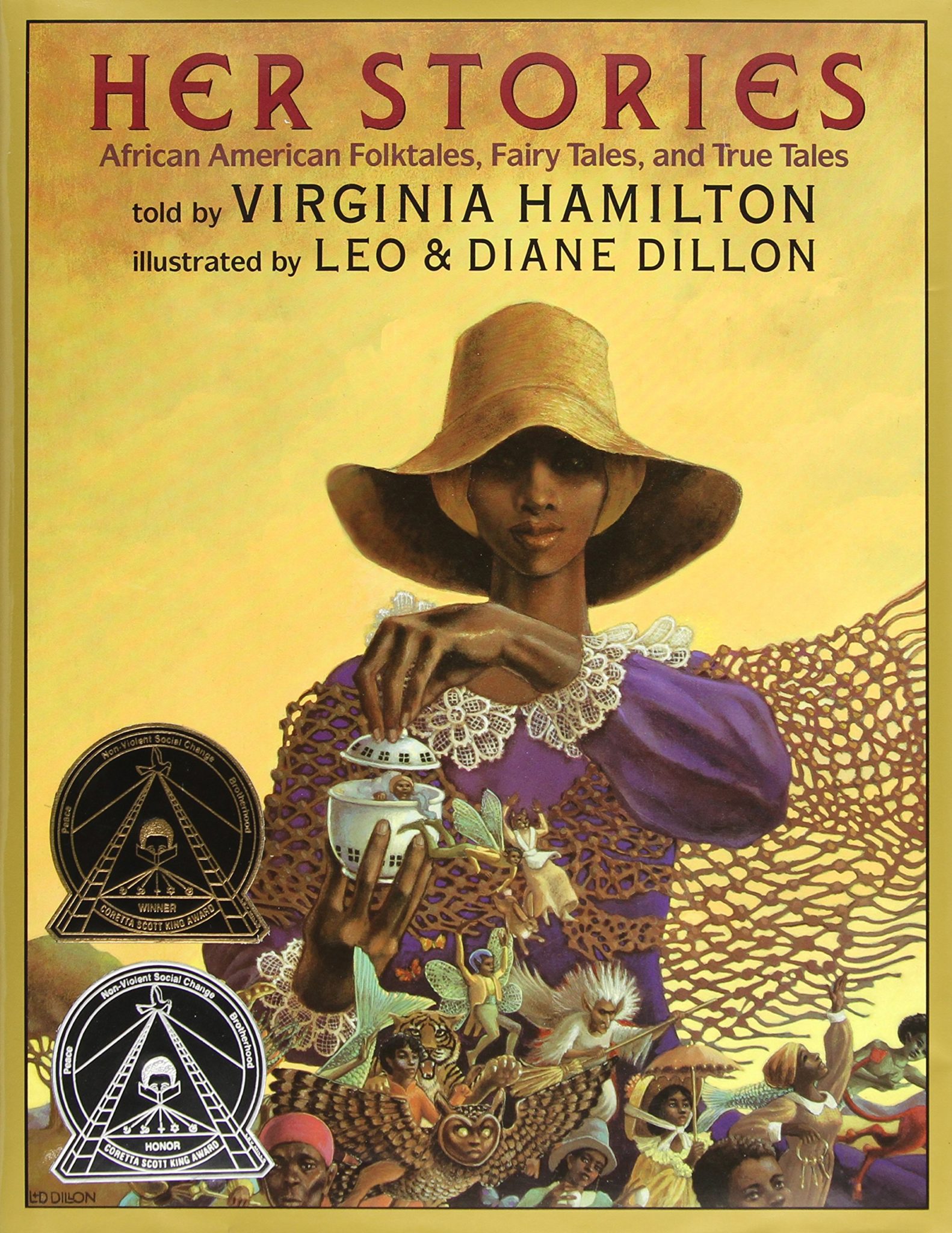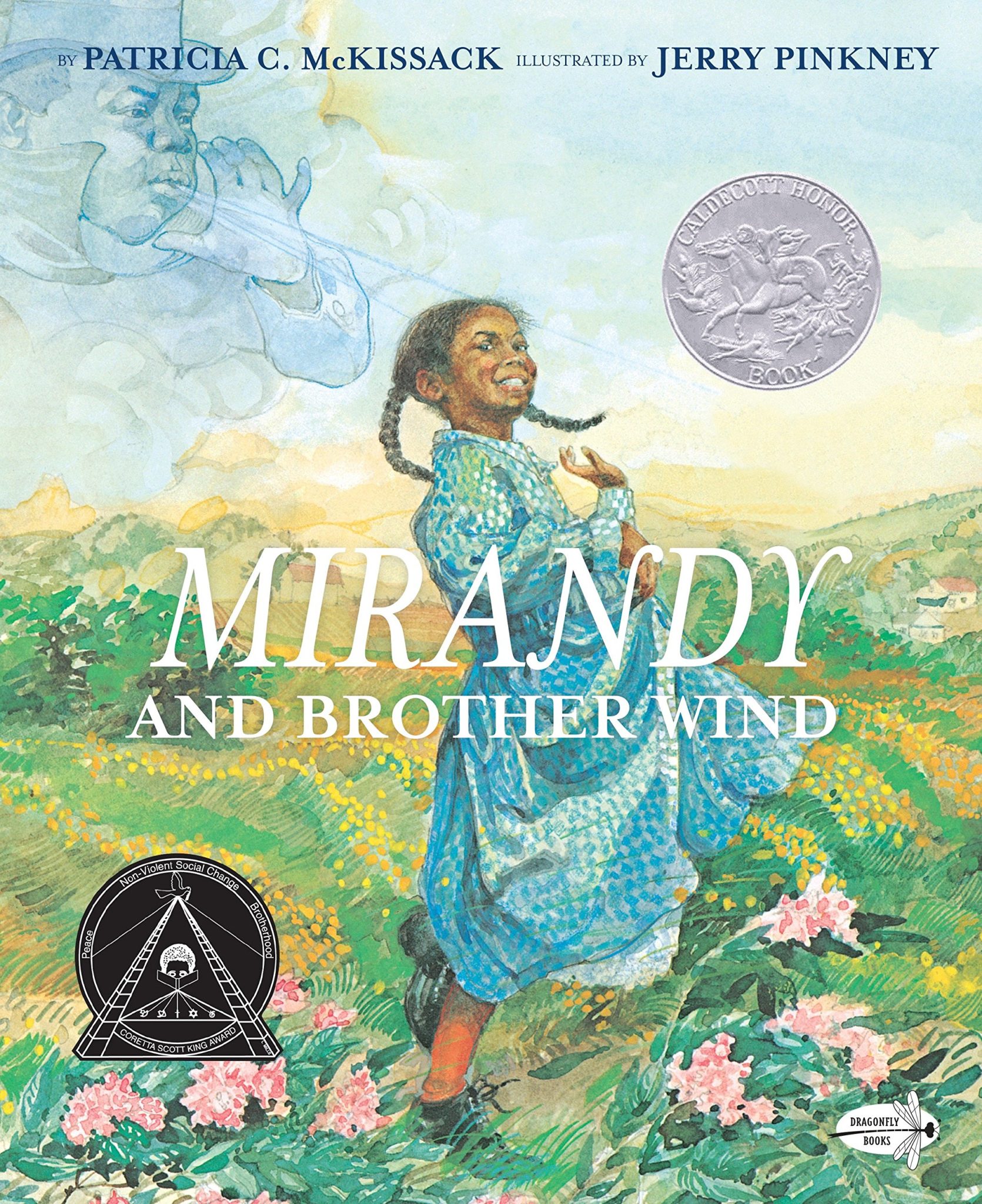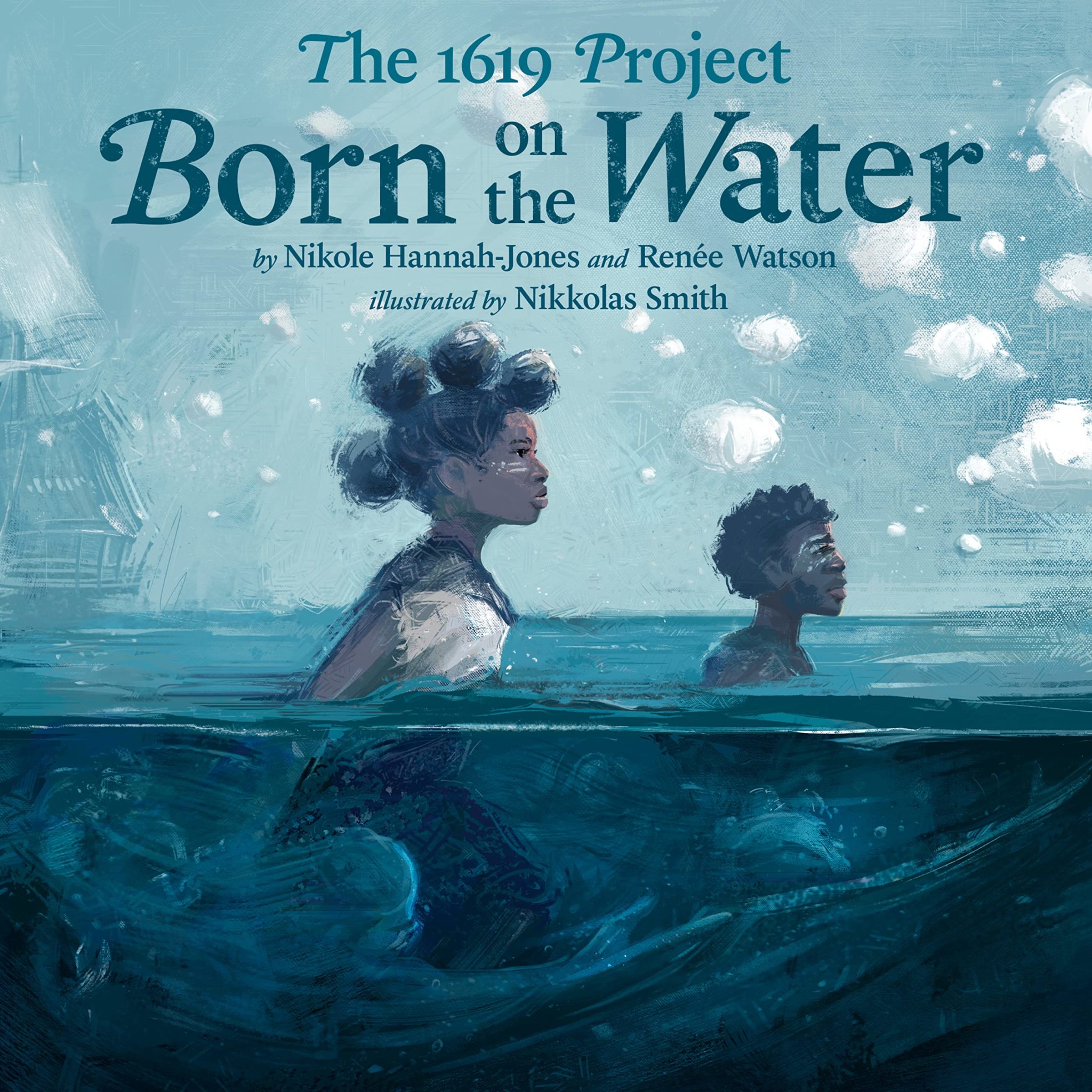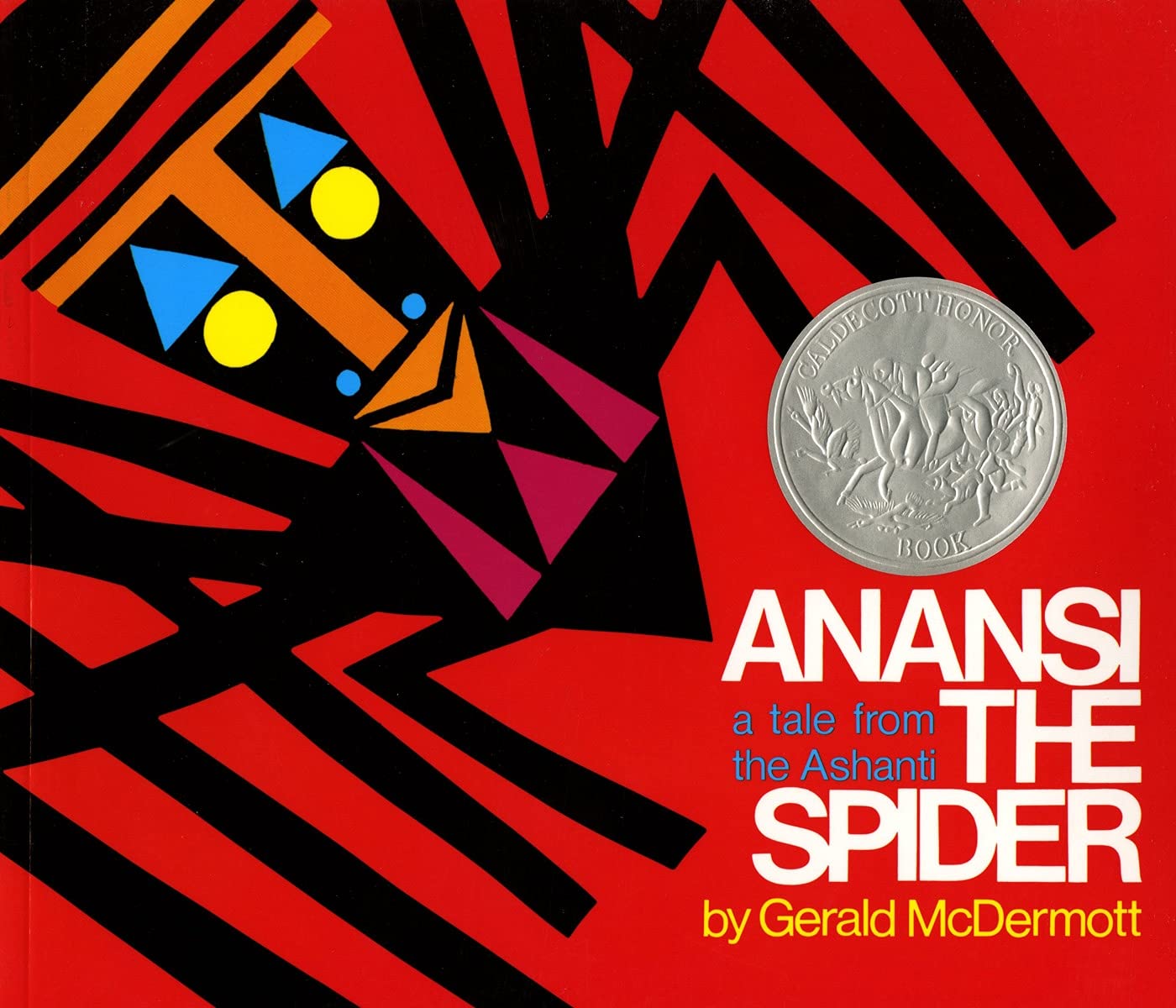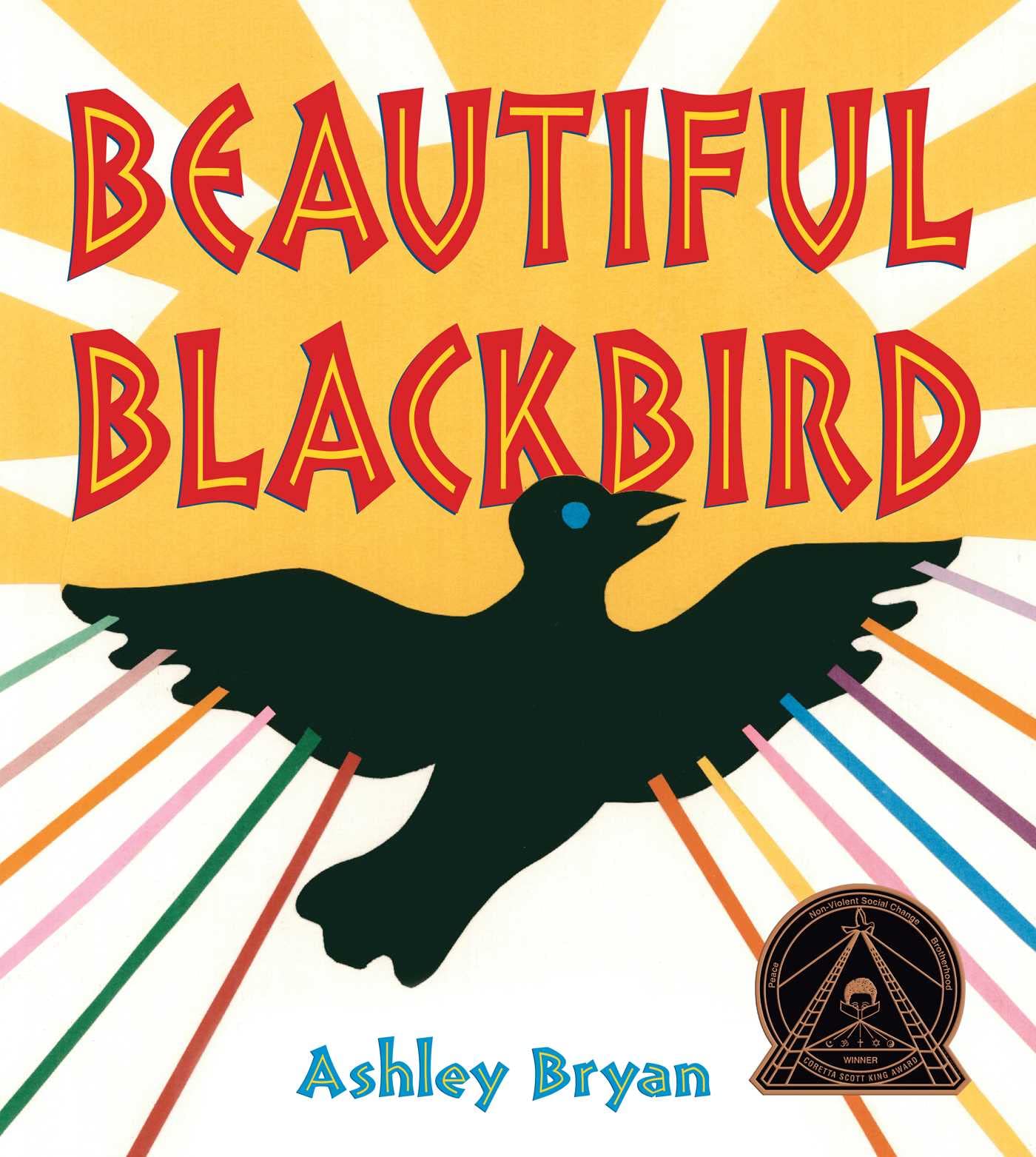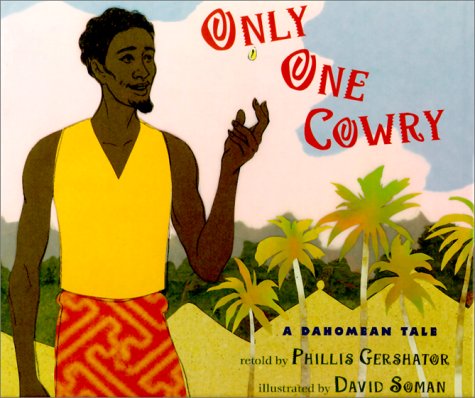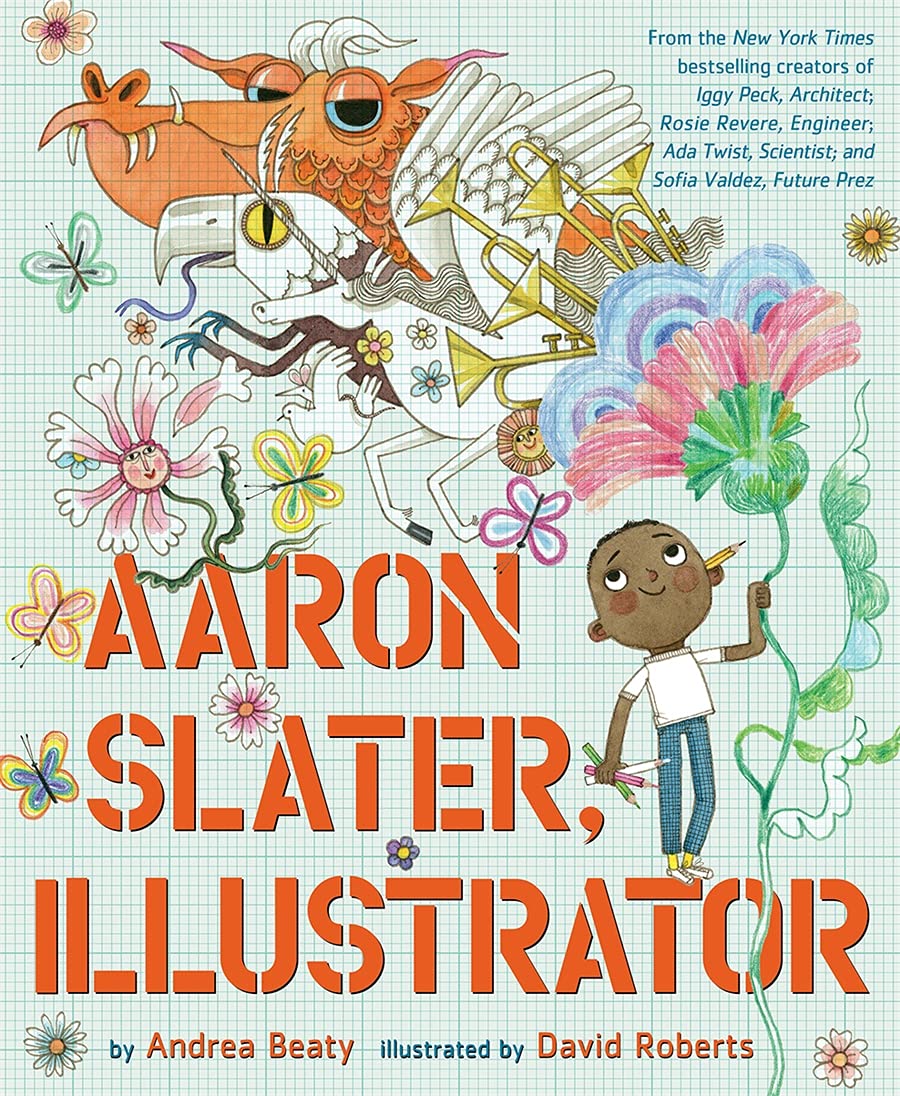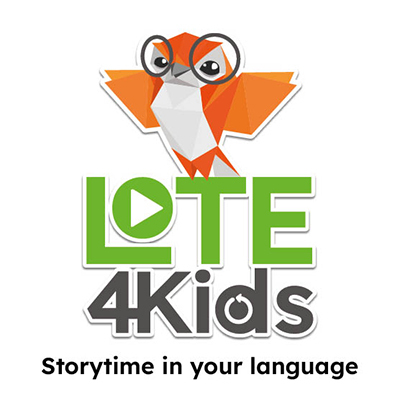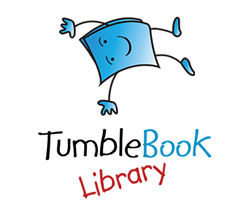Each February in the U.S. we celebrate Black History Month, honoring and reflecting on the powerful and resilient histories and cultural legacies of Black Americans and their diaspora. This month-long tradition began with the founding of the Association for the Study of Negro Life and History by Carter G. Woodson in 1915 and continues on due to the many scholars and activists who comprise the Association for the Study of African American Life and History, or ASALH for short. Each year since 1928, ASALH has curated a particular theme in order to highlight the variety of experiences that constitute and affect the lives of Black folks in the United States and in our larger global society. This year’s theme, Black Health and Wellness, “acknowledges the legacy of not only Black scholars and medical practitioners in Western medicine, but also other ways of knowing (e.g., birthworkers, doulas, midwives, naturopaths, herbalists, etc.) throughout the African Diaspora.”
While both ASALH and the library are hosting a variety of virtual events you can attend, it is equally as important to be reading, listening to and learning from and about Black authors, artists, historians, activists, scholars and creators every month, week and day of the year. Other staff members have curated excellent lists highlighting picture books on Black historical figures and events, as well as texts on antiracism and Black experiences for young adults, but I want to focus on the rich storytelling traditions and folklore of Black Americans and their diaspora. Consider adding such delights as “The Talking Eggs,” “Mirandy and Brother Wind,” “Beautiful Blackbird” and more to your story-time routine.
You can find the full list of titles here, but read on below for descriptions of some of my favorite tales!
“The Talking Eggs” by Robert D. San Souci and pictures by Jerry Pinkney
In this classic magical tale about humility, kindness to strangers and being careful about what you wish for, two sisters encounter an old woman in the woods and her home of amazing and sometimes frightening marvels. When warned by the old woman to choose only the eggs from her henhouse that say “Take me,” each sister discovers you can’t quite judge a book by its cover — or, in this case, an egg by its shell.
“Her Stories: African American Folktales, Fairy Tales and True Tales” told by Virginia Hamilton and illustrated by Leo and Diane Dillon
This book is an anthology of nineteen stories that center on female protagonists within the “vast treasure store of traditional black folklore.” The tales are organized according to their subgenre, including animal tales, fairy tales, supernatural stories, folkways and legends and true tales about Black women in history, and each tale includes a helpful comment from the multi-award-winning author/collector Virginia Hamilton that contextualizes the tale’s history and cultural significance. This is a fabulous collection for newcomers and experts alike!
“Mirandy and Brother Wind” by Patricia C. McKissack and illustrated by Jerry Pinkney
In this sweet story detailing a joyous cultural tradition, Mirandy is looking for a partner to perform at the junior cakewalk jubilee and tries to catch the uncatchable Brother Wind with surprising results.
“The 1619 Project: Born on the Water” by Nikole Hannah-Jones and Renée Watson and illustrated by Nikkolas Smith
An important and poignant recent addition to children’s literature, “Born on the Water” tells the story-in-verse of the violent removal of Black people from the Kingdom of Ndongo by white slave traders during the Atlantic Slave Trade as well as the beautiful, life-affirming history of Black resistance and resilience in surviving the dehumanizing horrors of chattel slavery and anti-black racism in the United States.
“Anansi The Spider: A Tale from the Ashanti” by Gerald McDermott
Part trickster tale, part moving creation myth, Anansi is rescued twice from a terrible fate by his six sons, each born with a special talent. After his rescue, Anansi discovers a “mysterious and beautiful” treasure in the forest, but how will he share this treasure with all six of his sons?
“Beautiful Blackbird” by Ashley Bryan
This title provides another gorgeous creation myth, detailing how the birds of Africa received their feathers’ intricate patterns and markings from Blackbird, voted the most beautiful and generous, of all.
“Only One Cowry: A Dahomean Tale” retold by Phillis Gershator and illustrated by David Soman
Shrew trickster Yo takes on a challenge from Dada Segbo, the first king of Dahomey, to find the king a wife. The catch? The somewhat stingy King wants Yo to accomplish this immense task with only one cowry shell as payment. What follows is a story as much about cleverness as generosity of spirit and the strength of communal interdependence and mutual aid.
“Aaron Slater, Illustrator” by Andrea Beaty and illustrated by David Roberts
While perhaps a bit out of the genre of folktale, this nonetheless fantastic story about a young Black boy named Aaron Slater emphasizes the power of curiosity and creativity, especially in the face of self-doubt and unfair societal expectations. Aaron loves stories, but his dyslexia makes both reading and writing frustrating and disempowering activities. Thankfully, with the support of his family, friends, and 2nd grade teacher Miss Greer, Aaron realizes he is indeed a powerful storyteller with his voice and his illustrations. And to add to all the loveliness and community-supported self-empowerment, Aaron Slater is named for real-life Harlem Renaissance artist Aaron Douglas. So perhaps Aaron Slater is a new folk hero for the 21st century!
Postscript: If you’re a big fan of tales from Hans Christian Andersen, the Brothers Grimm and other European classics, fear not! There are plenty of adaptations and retellings of these myths and stories that feature Black protagonists or are relocated and recast to represent the wide variety of cultural traditions in the Black Diaspora. For example, author-illustrators Jerry Pinkney and Rachel Isadora have adapted many classic titles from “The Little Mermaid” to “Old MacDonald Had a Farm” to center Black characters and environments.
Here’s a brief list of other adaptations I’d recommend:
- “Beauty and the Beast: A Retelling” by H. Chuku Lee and illustrations by Pat Cummings
- “Little Red and the Very Hungry Lion” by Alex T. Smith
- “Reading Beauty” by Deborah Underwood and illustrated by Meg Hunt
- “Maiden & Princess” words by Daniel Haack and Isabel Galupo and art by Becca Human

